
One of the Heluo elephants, photographed by Li Yingjie
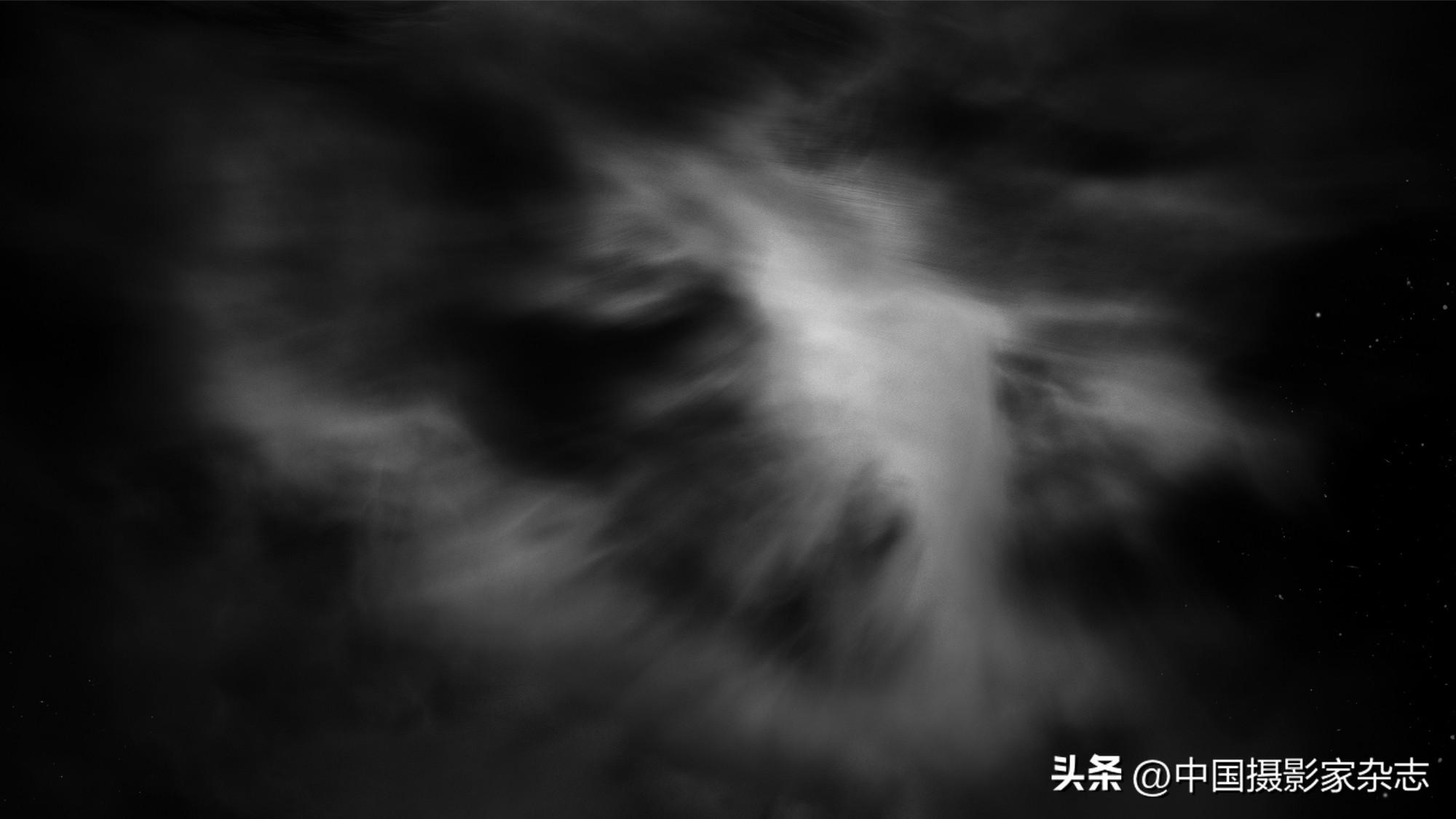
Heluo Elephant No. 2 Photo by Li Yingjie
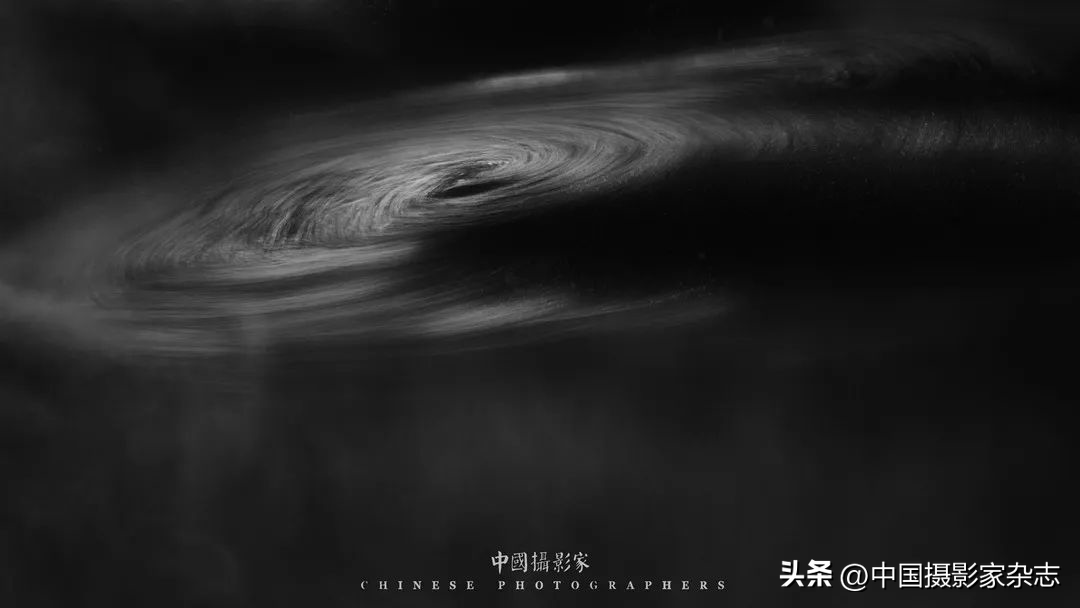
Heluo Elephant No. 3 Photo by Li Yingjie
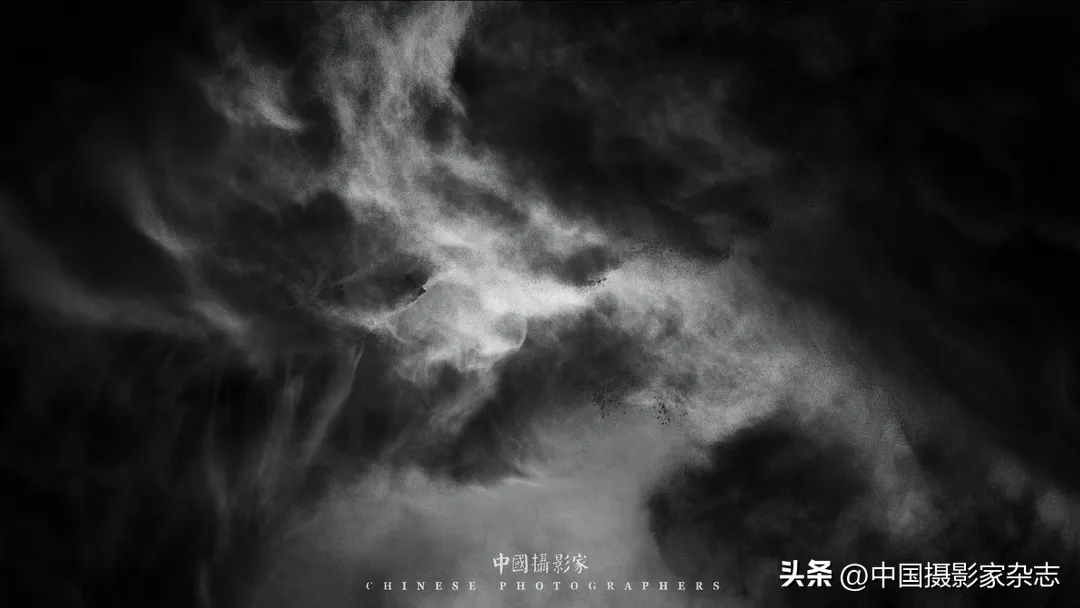
Heluo Elephant No. 4 Photo by Li Yingjie
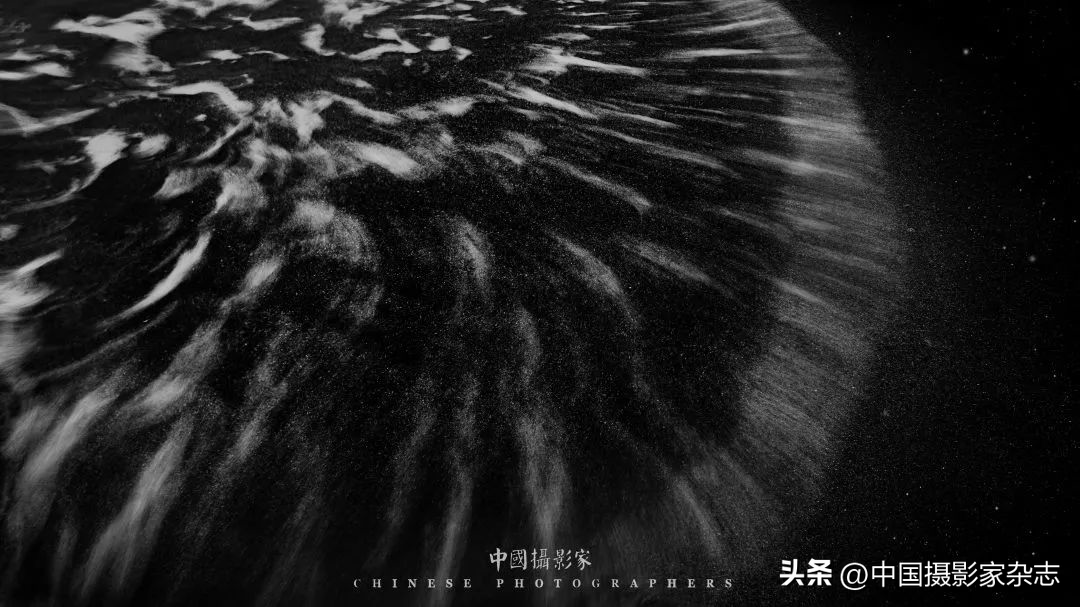
Heluo Elephant No. 5 Photo by Li Yingjie
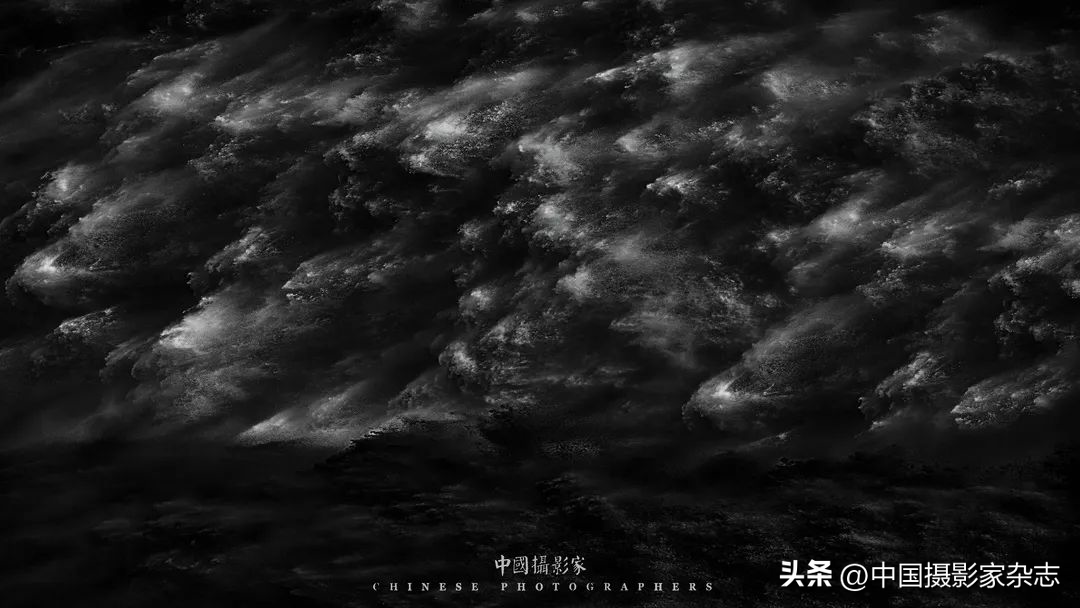
Heluo Elephant No. 6 Photo by Li Yingjie
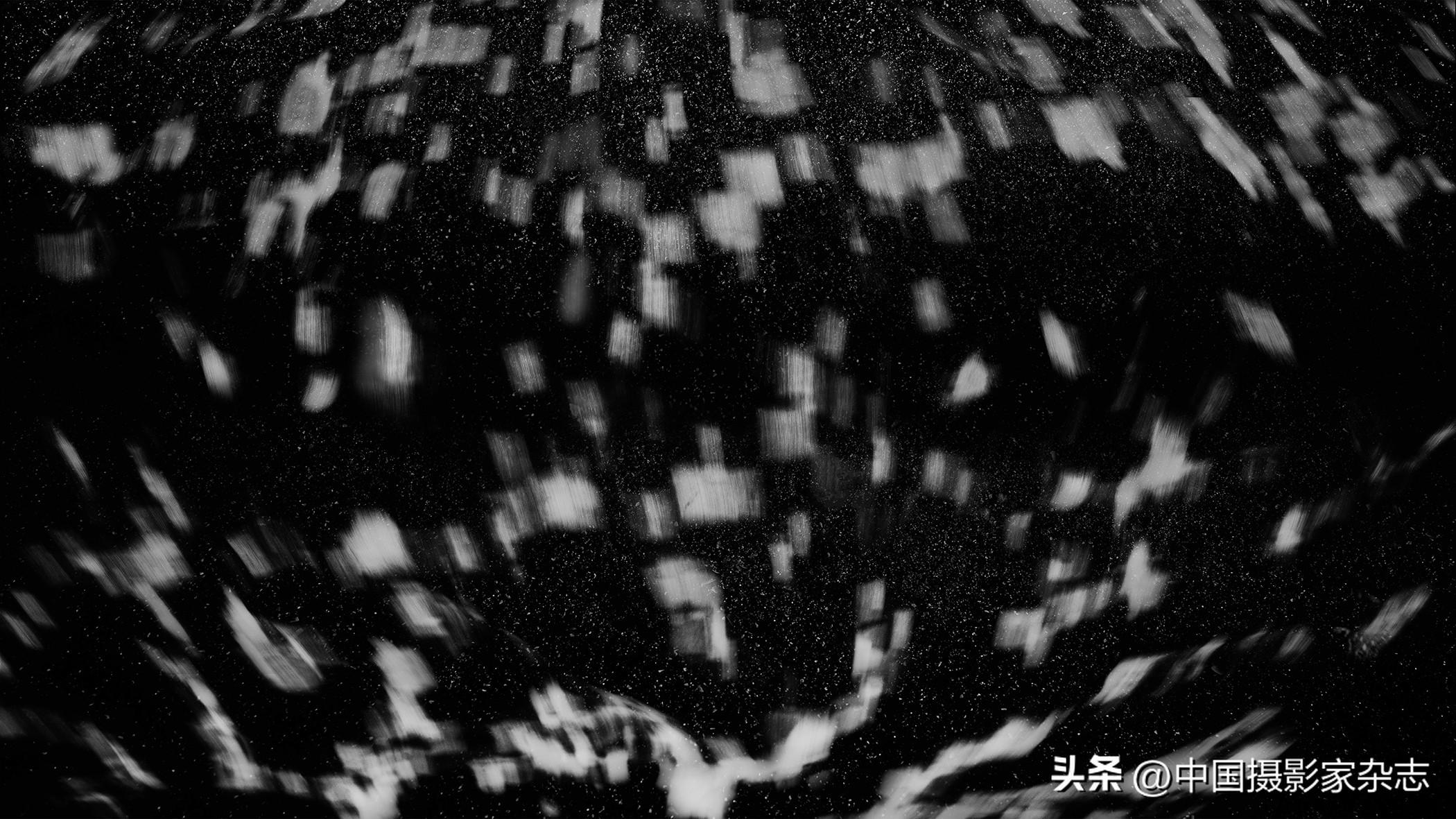
Heluo Elephant No. 7 Photo by Li Yingjie
Li Delin : You spent 12 years creating the Tai Chi Trilogy. It can be said that it is in the same line, closely connected, and progressive. It should be regarded as a long-form art work.
Li Yingjie: Tai Chi Three The creation of the song is rooted in my own life experience in life and work as well as my concern and thinking about traditional culture. I was obsessed with the art of calligraphy when I was a student, and loved the works of Zhong Yao, Wang Xizhi and others. I started getting into photography when I was in college and bought my first camera to record my life. After I started working, I had more opportunities to come into contact with many excellent traditional Chinese cultures, and I also photographed some themes and topics with local cultural characteristics.
Continuously discovering, In the process of shooting and thinking, I gradually realized that I should focus on one subject, work hard to shoot, and take the best possible shot. I believe that Tai Chi is a symbol of China, and photographing Tai Chi can better highlight the charm of Chinese traditional culture. I just started photographing Tai Chi, and I also took a lot of documentary photos, but I always felt that I couldn't get it right. Tai Chi is profound and broad, and the most important thing in Tai Chi is "qi", which is a kind of energy. How to express it through photography can only Do you understand the indescribable charm and strength? I also tried many shooting methods, such as shooting in fog or moonlight, using the stroboscopic method, and then gradually explored the use of long exposure methods to record the movements of Tai Chi. Trajectory, recording the vitality energy of Tai Chi, this is the creation of "Tai Chi", the first part of the Tai Chi series.
The second part " "Tai Chi Diagram" I use Tai Chi as a material carrier to express Tai Chi culture. I consulted a lot of relevant information. Tai Chi Diagram inspired me. Tai Chi Diagram presents the most basic principles of the universe in a minimalist diagram of half yin and half yang flowing into each other. The law of movement of two forces corresponding to each other. The graphics are concise and concise, with subtle meaning. I hope that my photography is not limited to describing the external characteristics of Tai Chi, but can also visualize the inner things of Tai Chi culture. Using Tai Chi's thinking method to capture the changes of yin and yang in Tai Chi, and using black and white images to interpret the profoundness of Tai Chi culture. This is the creative idea behind the second Tai Chi diagram in the Tai Chi series. After that, I devoted all my energy to the study of Heluo Civilization and the creation of "Heluo Elephant". From 2015 to 2020, I spent another six years completing the creation of "He Luo Xiang". With the help of He Luo Shu, I expressed my exploration and philosophical thinking about the universe and the origin of life. For me, this trilogy of creation is a summary of my personal life experience and artistic thinking, and it is also the three leaps in my photography career.
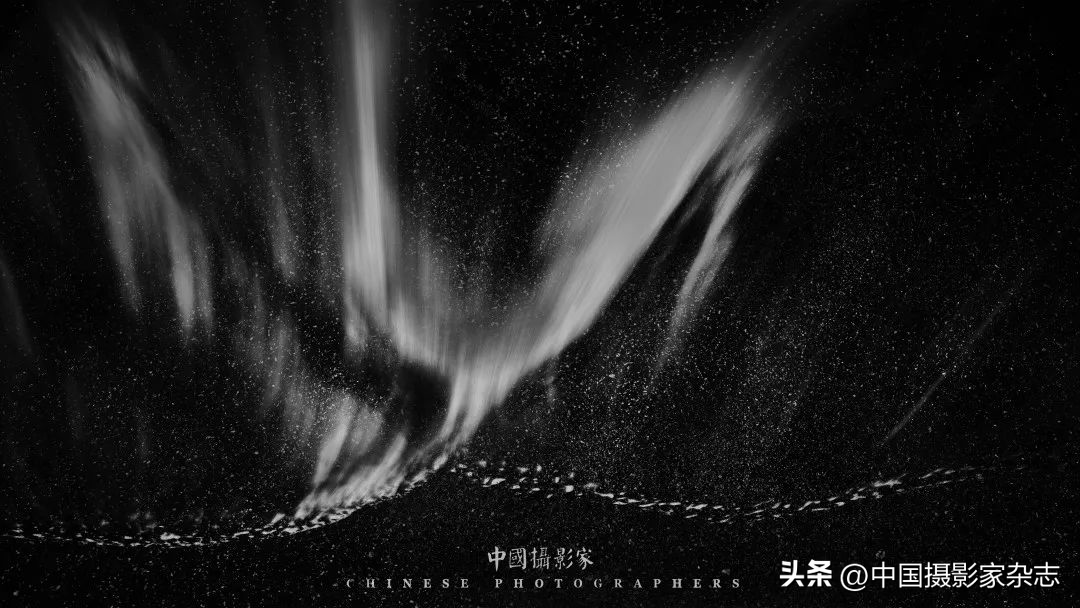
He Luo Xiang No. 8 Photo by Li Yingjie
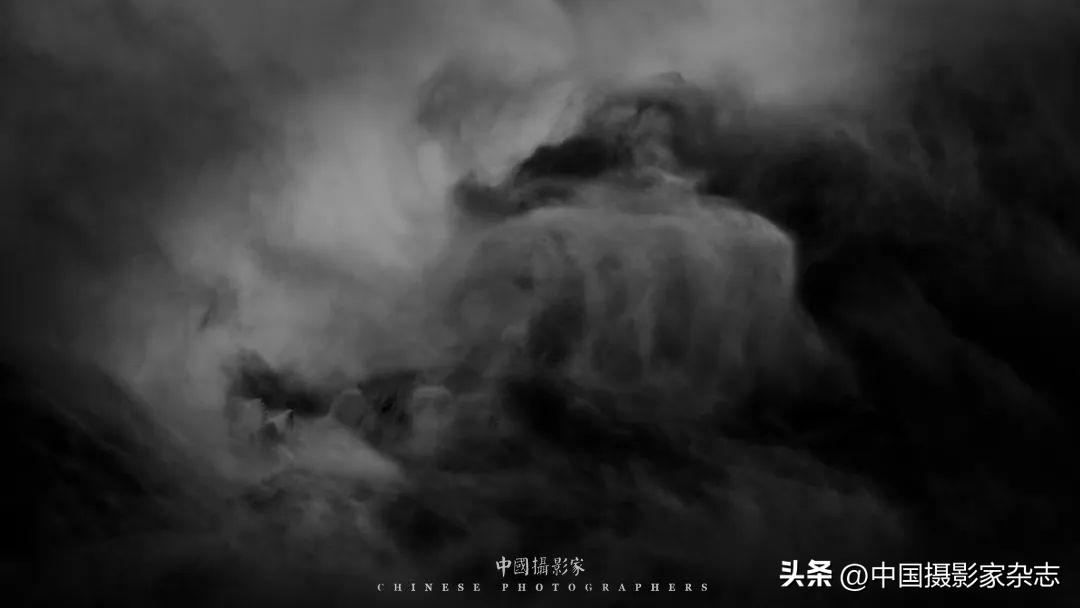
Heluo Elephant No. 9 Photo by Li Yingjie
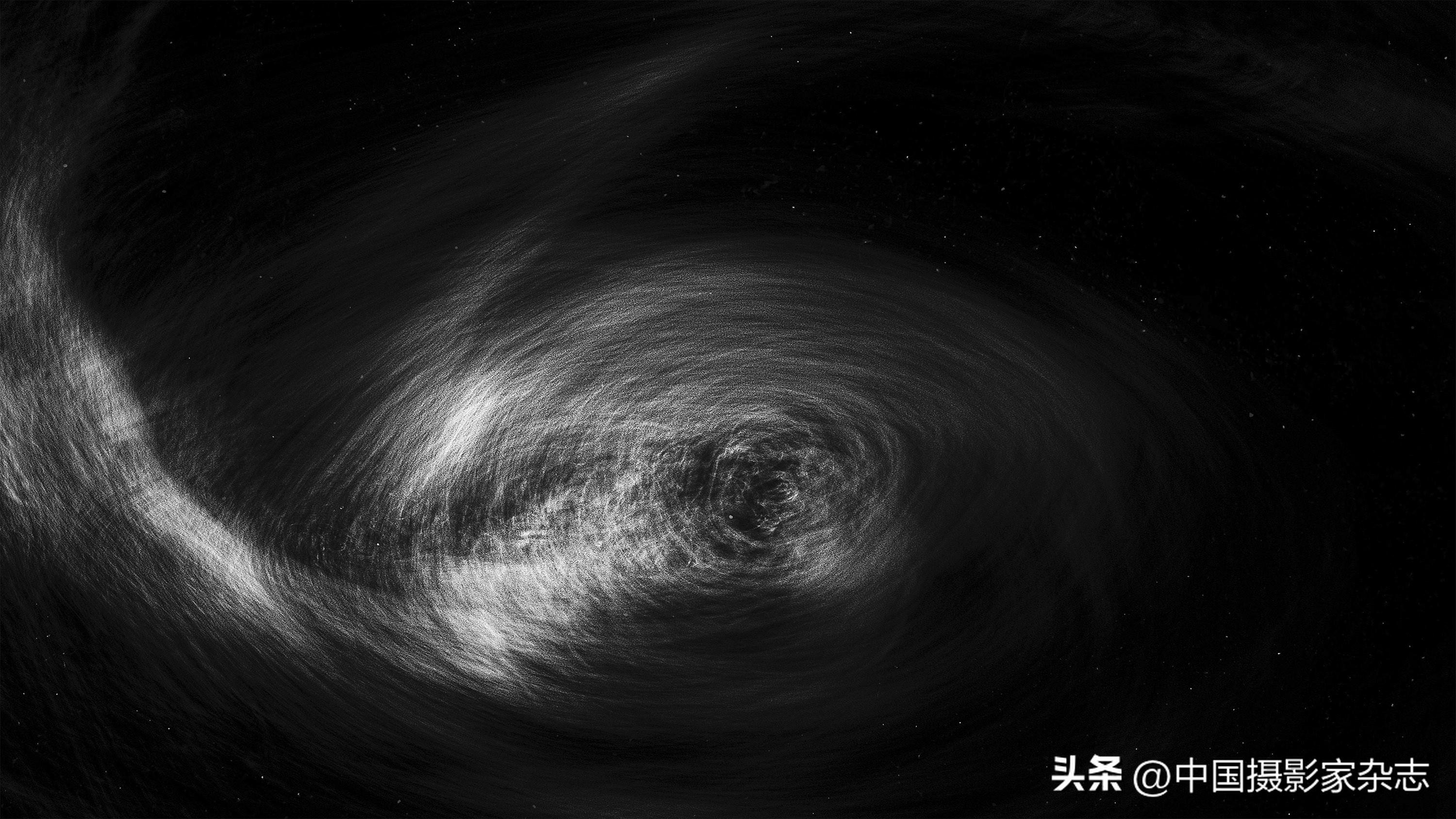
Heluo Elephant No. 10 Photographed by Li Yingjie
Tian Xiangjie : How did Hetu and Luoshu inspire your creation, and how was the specific filming of "Heluo Elephant" realized?
Li Yingjie: "The River" The creation of "Luoxiang" was inspired by Hetu and Luoshu. Hetu and Luoshu are the ancients' personal observations and perceptions of the heaven, earth, nature, the universe, time and space, geographical cognition, and their own existence. On clear, cloudless nights, I often look up at the stars and meditate: Why did the universe arise and where will it go? I hope to use natural landscapes as a medium to express my understanding of nature and life through photography, and to express my understanding of the universe. The contents in the photos are all taken directly from nature. I took my camera out of Heluo, went to the South China Sea, explored Tibet, climbed the Himalayas, Taihang Mountains, Kunlun Mountains, etc., and went as far away as Finland, Iceland, Russia, and Europe. Following the principles of traditional culture and using science as evidence, I photographed the starry sky, sea of clouds, Scenes such as flowing water dialogue with the nature of heaven and earth. From a bird's-eye view of the sky to a close-up observation of objects, we strive to make every image have a visual meaning about the universe: a mountain peak, a river, a drop of water, a speck of dust... We hope to break the limitations of human visual observation and expand our understanding of the universe. Integrate your thinking into the creation of abstract art.
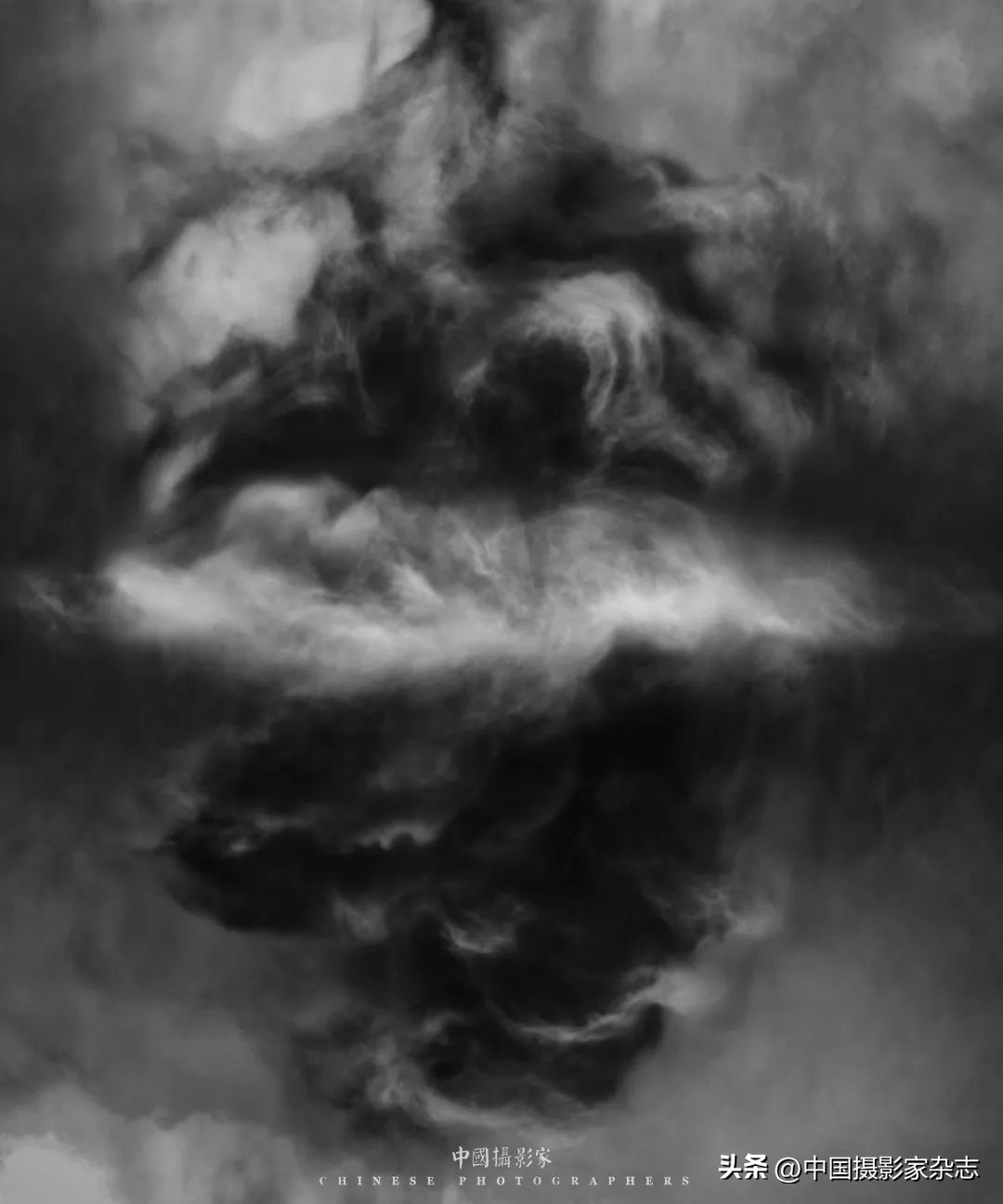
Heluo Elephant No. 11 Photographed by Li Yingjie
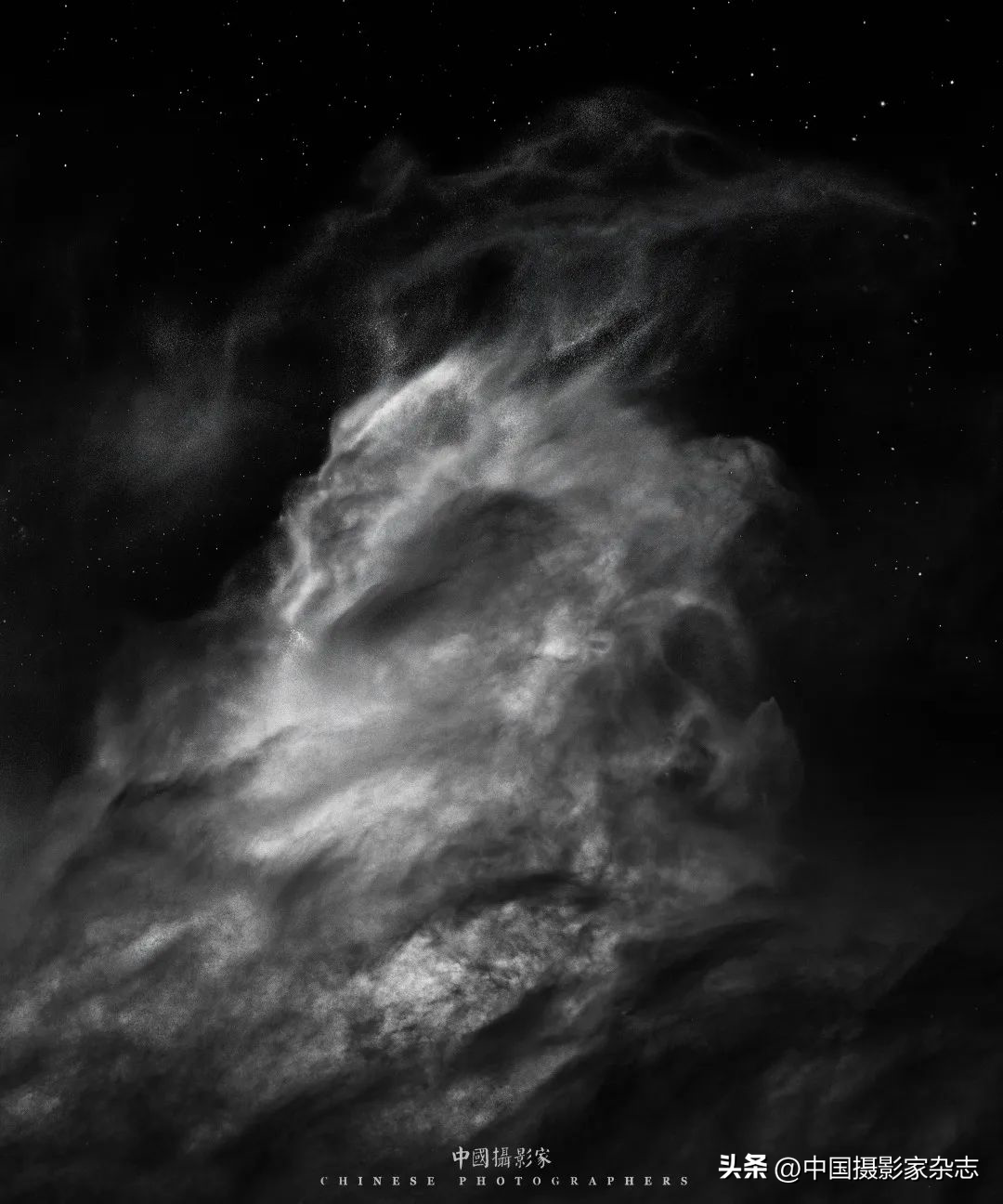
Heluo Elephant No. 12 Photo by Li Yingjie
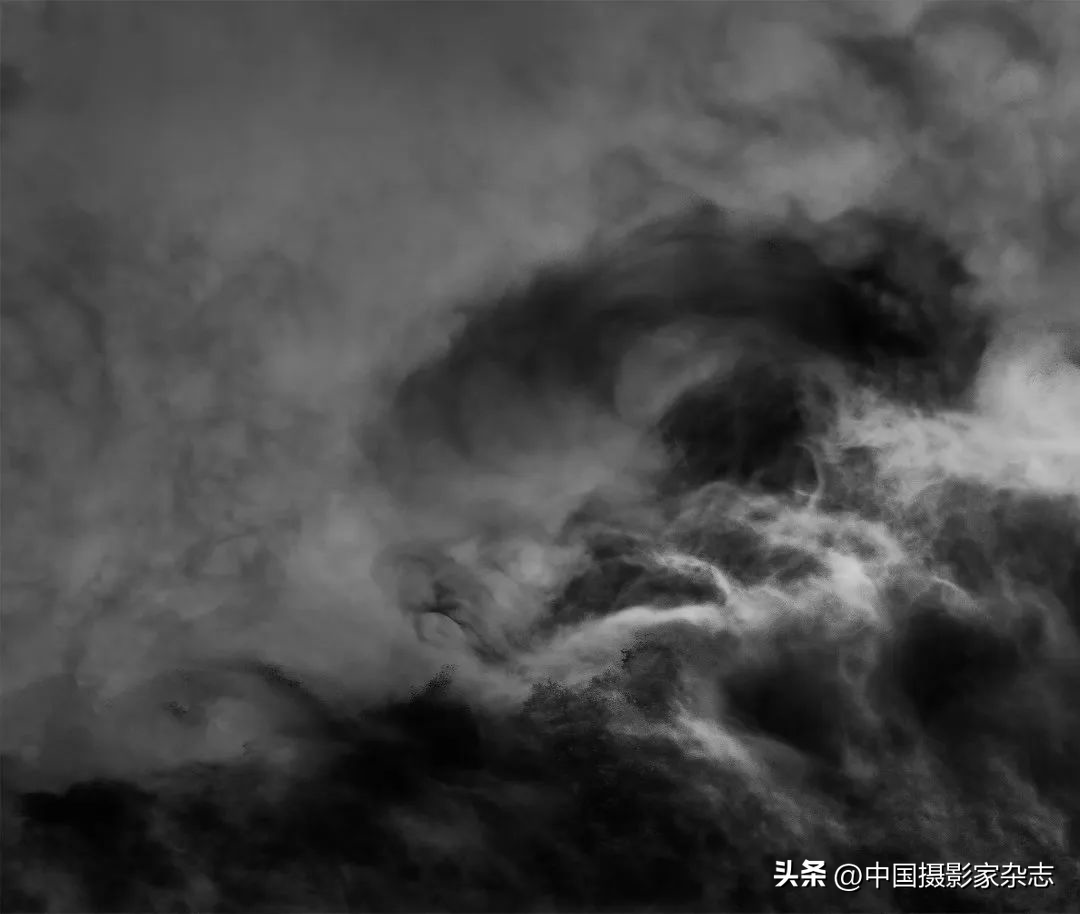
Heluo Elephant Thirteen Photo by Li Yingjie

Heluo Elephant No. 14 Photo by Li Yingjie
Li Delin: Your photography is related to the place where you lived and worked. This is actually a kind of cultural confidence, using images to tell Chinese stories.
Li Yingjie: The Heluo area refers to the Songshan area in the middle reaches of the Yellow River and the Luoshui River basin. The Heluo culture is one of the important sources of Chinese culture. The Heluo culture area is also called " Heluo Cultural Circle". Relevant domestic experts and scholars believe that Tai Chi and Heluo culture are rooted in the core area of the Central Plains, but its cultural connotation and spiritual extension are by no means limited to the Heluo area. It covers the five thousand years of civilization history of the Chinese nation. The River Picture, Luo Book and Tai Chi Picture are the iconic totems of Chinese culture. The rich cultural accumulation in the Heluo area nourishes my creation. The creation of "Heluo Elephant" started from the Heluo area and was inspired by the Heluo culture. The spiritual journey of cosmic exploration can be regarded as a root-seeking journey of cultural origins. I particularly hope that through these images, I can describe and appreciate the poetic history of Heluo culture, the religious spirit of the original totems, and the contemporary significance of the original philosophy. This contemporary significance not only carries the long history of Chinese civilization, but also heralds a future full of possibilities. future.
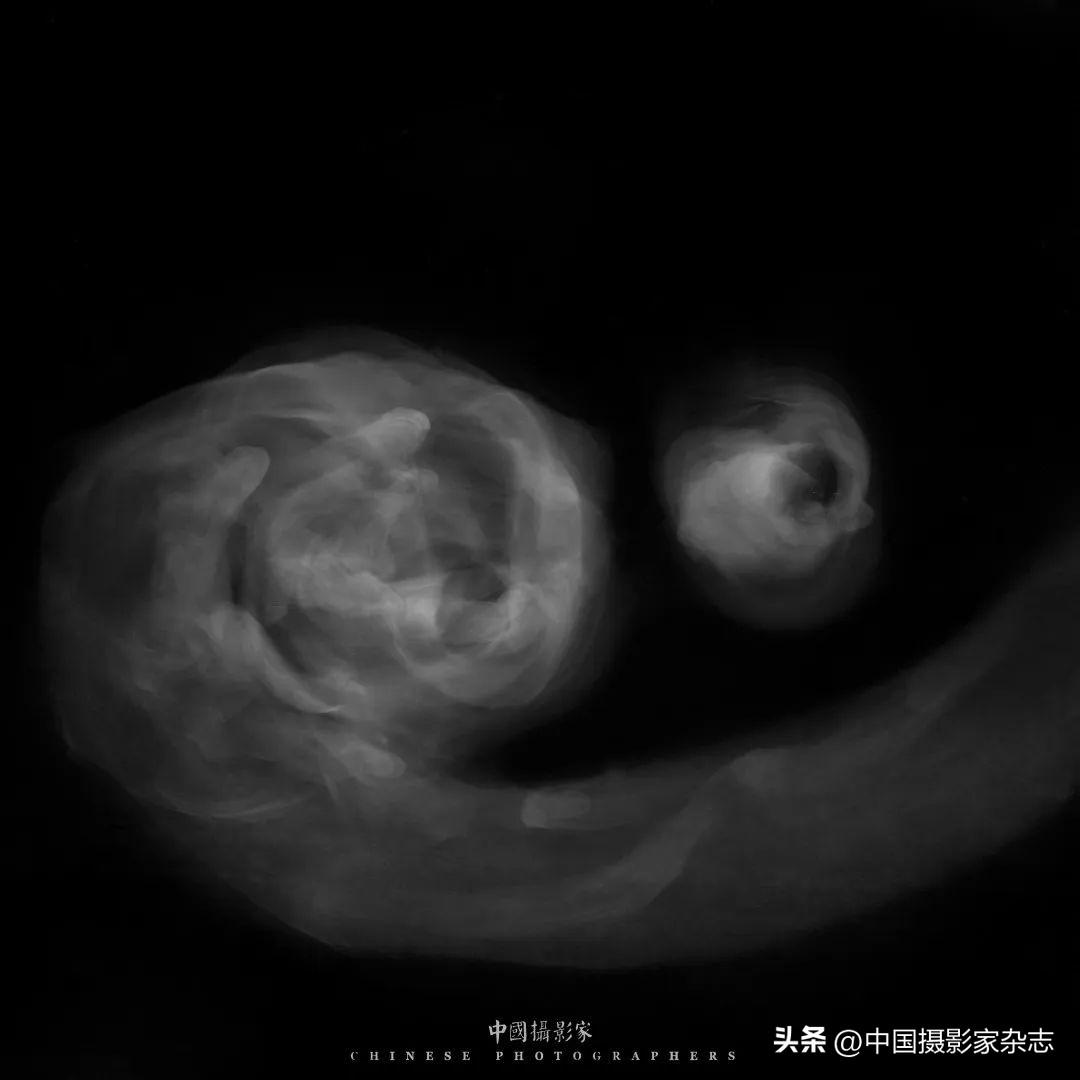
One of the Tai Chi diagrams, photographed by Li Yingjie
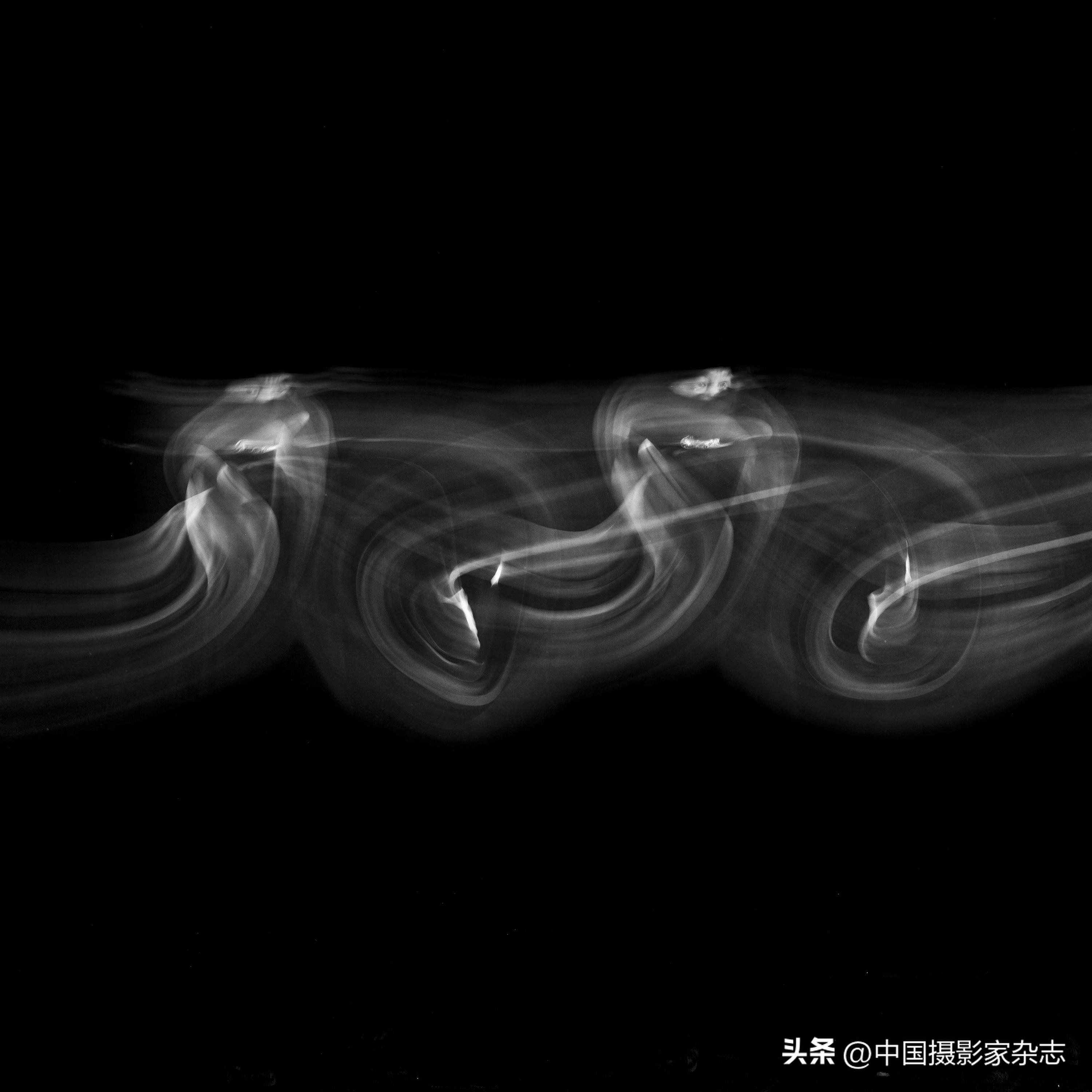
Tai Chi Diagram 2 Photo by Li Yingjie
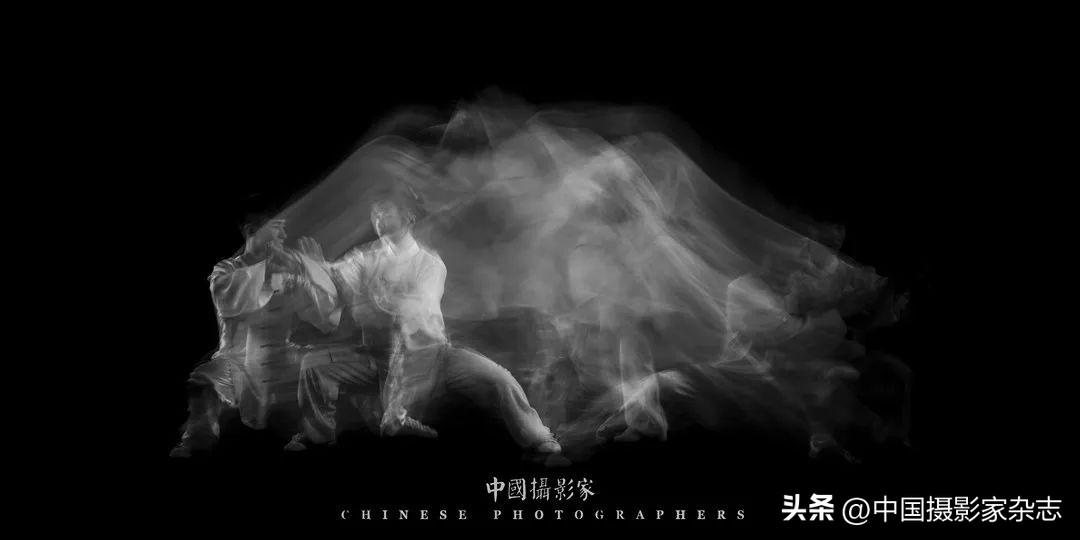
Tai Chi Diagram No. 3 Photo by Li Yingjie
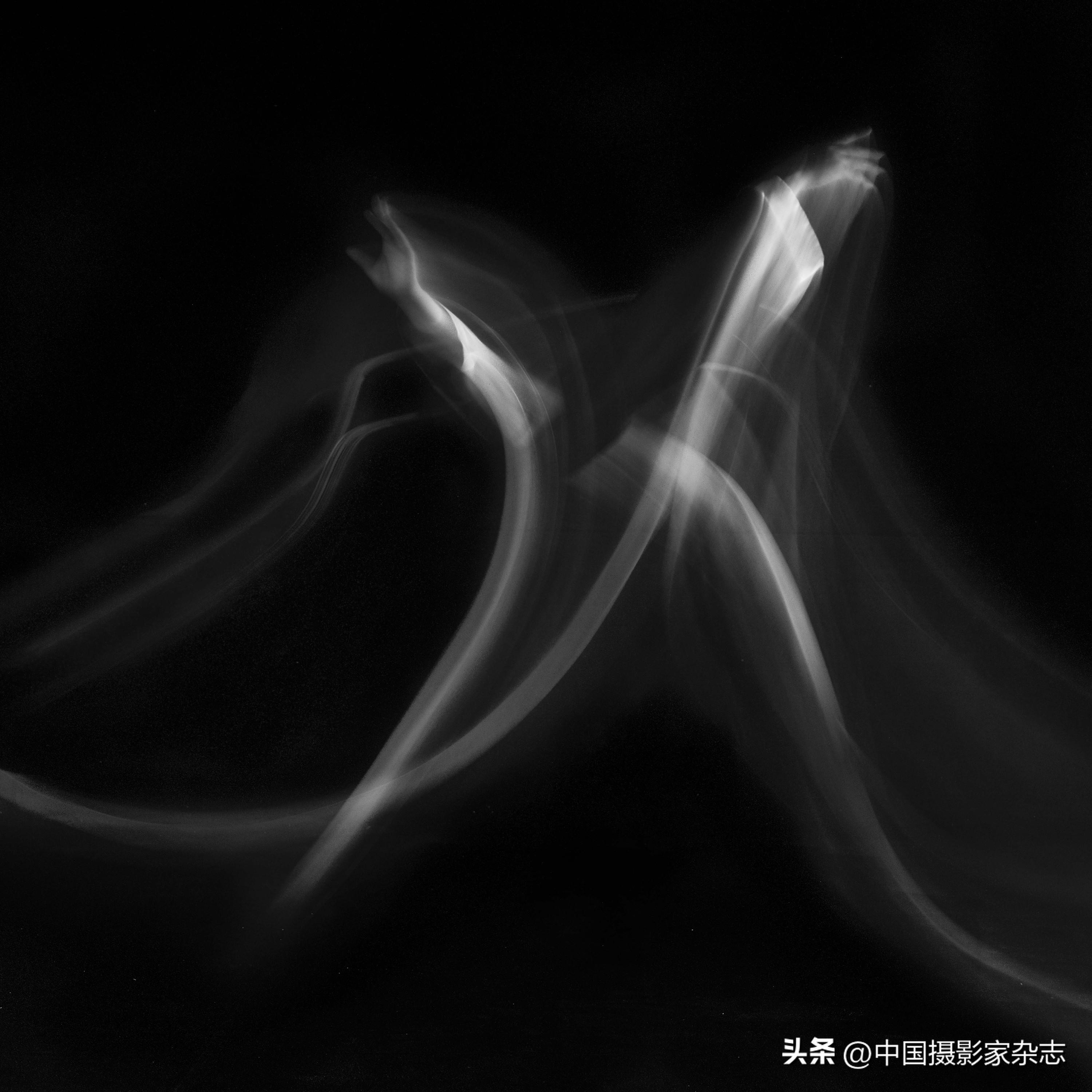
Tai Chi Diagram No. 4 Photo by Li Yingjie
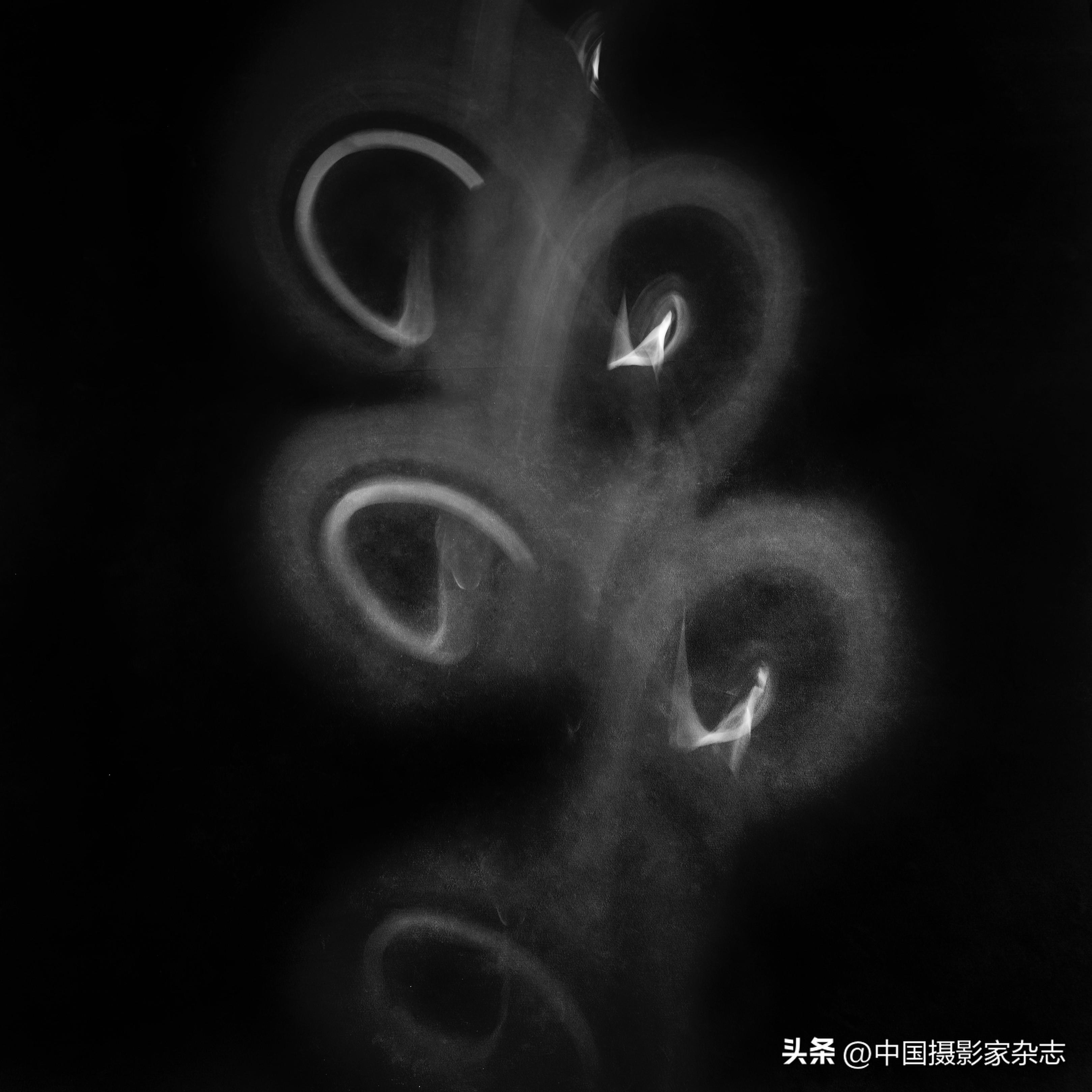
Tai Chi Diagram No. 5 Photo by Li Yingjie
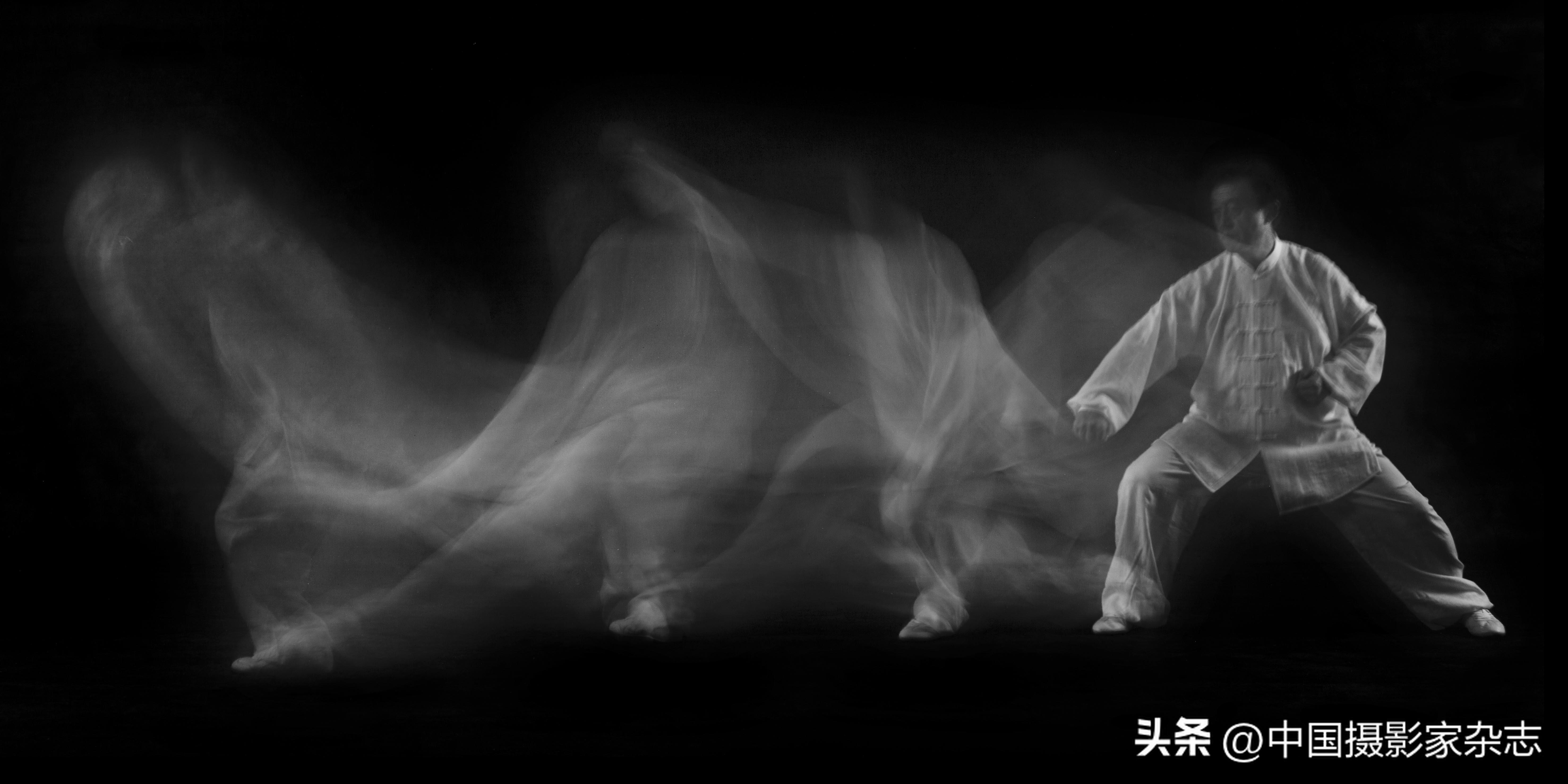
Tai Chi One Photo by Li Yingjie
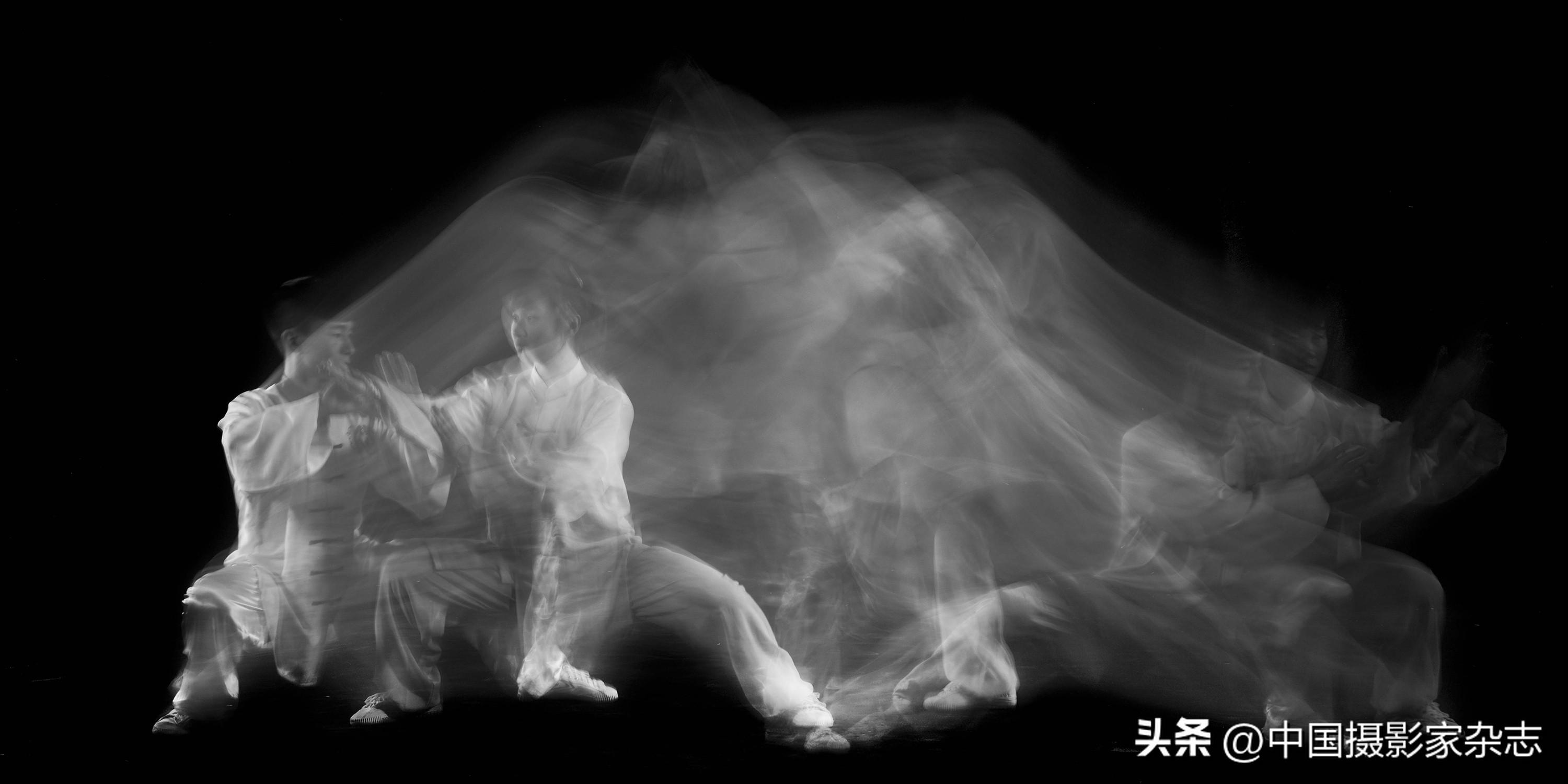
Tai Chi 2 Photo by Li Yingjie
About the author
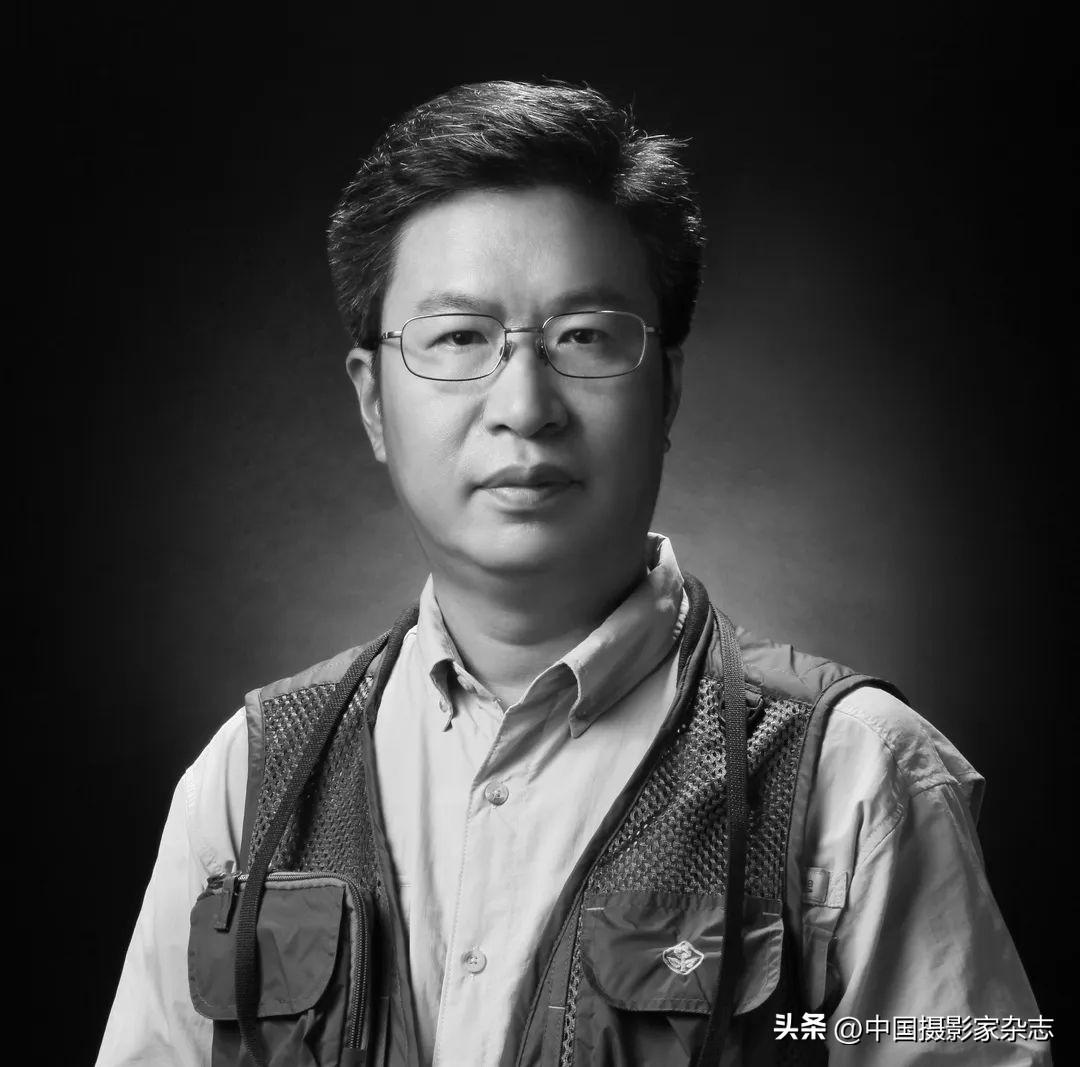
李英杰
Li Yingjie, famous photographer Jia, born in Yanling County, Henan in 1963, is a winner of the China Photography Award. He has long been committed to the photographic presentation of China’s excellent traditional culture and Chinese civilization, and has published 8 photography albums. His works have been exhibited in the United States, France, Russia, Thailand, etc., and have been collected by art institutions such as the National Art Museum of China and the Palace of National Culture.
Source丨Selected from the 2022 issue 8 of "Chinese Photographer" magazine, the original title "Image from Heart to Shape" Enlightenment - Interview with Photographer Li Yingjie", photography/Li Yingjie, interview/Li Delin, Tian Xiangjie.
Statement丨The copyright of the content published in this article belongs to "Chinese Photographer" magazine, and any infringement will be investigated. If you need to reprint, please contact this publication in advance.
Editor丨Tian Xiangjie
Articles are uploaded by users and are for non-commercial browsing only. Posted by: Lomu, please indicate the source: https://www.daogebangong.com/en/articles/detail/she-ying-zuo-pin-shang-xi-gun-li-ying-jie-tai-ji-san-bu-qu.html

 支付宝扫一扫
支付宝扫一扫 
评论列表(196条)
测试